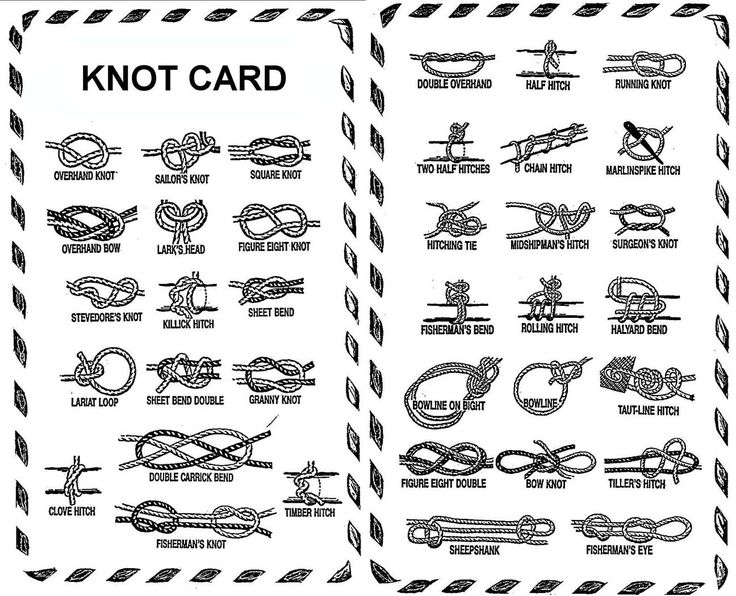| Tying a good knot comes in handy when you're in the great outdoors, but tying a good knot takes practice. Picking the right knot is an even trickier skill to master. The best way to learn how to tie knots is to practice, and the best way to learn more about knots is research. A good place to start is to check out some animated tutorials, give it a Google search, and there's always YouTube. |
|
0 Comments
Survivor HK10632 Outdoor Fixed Blade Knife with Fire Starter Knowing how to start a fire is a useful skill to have in camping or survival situations. If you have matches, and they're dry, it's easy to get a fire going. If you don't, then you could find yourself cold and in the dark, wishing you had been more prepared.
Having a fire starter is a good idea for people serious about keeping a complete and efficient camping/survival kit. Fire starters work well in dry or wet conditions, and they're not as fragile as matches. If you've never started a fire with a flint, know that it isn't that difficult. With just a bit of practice, you'll have no problems igniting a blaze with a just few flicks of a flint like a pro. For a step-by-step guide, complete with pictures, check out this simple tutorial on how to use a flint stick on wikihow. Gun Safety Classes are now available at Moose Tracks. Each class is limited to 12 people and are on a first come first serve basis. Classes fill up quickly so reserve your spot today. See if a class is available right now.
 Workhorse Singles A workhorse rope is one that can take a lot of use and abuse. If you're climbing a route with rough rock and edges, this is your rope. It's thick and easy to hold onto, making it less likely that your belayer will drop you. Biggest drawback: less smooth traction. All-Around Singles These are the most popular ropes. They're the ones most people buy. These ropes are the perfect weight and are acceptable for just about everything, making them the go-to ropes for most climbers. Skinny Singles These are the newest "it" ropes to hit the climbing scene. These trendy, skinny ropes are ideal for long or complex climbs. When you've got a lot of slack or you need to turn over many belays, their light weight build is a blessing. They are a bit tricky to "catch" and needs a bit of practice before actually hitting a mountain. They also don't rub well against rougher terrain, but when it comes to hauling and belaying, the skinny ropes are pooching with potential. Half Ropes These are a great option if you want to limit rope drag when speed is the name of the game. When it comes time to rappel, you can go twice as far by tying the 2 ropes together and two strands of rope also reduce the odds of your lifeline being severed either from a leader fall over an edge or from rockfall. Twin Ropes Twin ropes are another great 2-rope system to use when speed is important, only twin ropes are lighter and less bulky than half ropes. Static Ropes Static ropes are not climbing ropes and should not be used as such. Static ropes don't stretch and should be used in rescue situations or when you are lowering, ascending, or pulling up a load. Source: REI S - U - R - V - I - V - A - L If you find yourself in a survival situation it's important to stay calm and use your head. Below are the things you need to do when faced with a survival situation.
S: Size Up the Situation Stop for a moment, hide yourself away if need be, and think about what is happening. Use your sense of smell, sight, sound, and feel to help you get the feel for the situation Things to consider when you're "sizing up" the situation:
Determine the pattern of the area. Every environment has a pattern or rhythm. This could include animal, bird, and insect noises, but also can include human movements and traffic.
Check your wounds and give yourself first aid, if need be. if you are dehydrated find water immediately. If you are in cold or wet climates, you made need to adjust your clothing and shelter.
Check to see what equipment you have and what condition it is in. U: Use All Your Senses If you react too quickly you risk making serious mistakes. On the other hand, slow reactions can create just as much danger. Use all your senses. Haste makes waste is true in a survival situation, so you want to consider all aspects of your situation before deciding actions to take. Don't move just to move. Move strategically and plan out the steps you will take. R: Remember where you are Pay attention to your location and what direction you are moving. Using the sun (or compass) can help you keep your bearings. Using all your senses can also help. Sight and sound can guide you, just as feeling and smell can. V: Vanquish Fear and Panic Fear and panic can cloud your judgement and cause you to make rash decisions. Try to keep a clear head no matter what situation you find yourself. The key to keeping your mind sharp is taking care of your body. Treat injuries immediately and keep hydrated and properly nourished, which is a lot easier said than done. Remember: fresh water is essential. Dehydration can be a more lethal threat than starvation in many survival situation. I: Improvise When faced with a survival situation there are no rules and cookie-cutter situations. That's why it's critical to be able to use tools and natural objects for different needs. Rocks can be hammers. Sticks can be spears. Ivy can be fishing line. No matter how complete your survival kit is, there's always a risk of running out of supplies. When it comes to survival, you're going to need a bit of imagination to help you through. V: Value Living Be stubborn. Don't give up no matter what hurdles you face. Fight for your right to survive. A: Act Like the Natives Observe the animals. They need food, water and shelter, too. Many you want to avoid, but a of times you can find water and food simply by watching the animals. L: Learn Basic Skills If you're in a survival situation and don't have any knowledge or training, your chances of surviving are low. Knowledge is relatively easy to come by. You can read a ton of books, watch a ton of TV shows, and there are any boot camp-like classes you can take a variety of places. Training can be accomplished in a variety of ways. Taking self-defense and survival classes is always recommended, but you can also practice honing your observation and thinking skills in your every day. Trying going to a park and take note of the animals' behavior or go camping and practice survival situations there. When it comes to bettering your chances of survival you've got to be prepared, which means you have to be thinking about how to survive during times when your life isn't in peril. |
MOOSEVILLE COUNTY
|


















